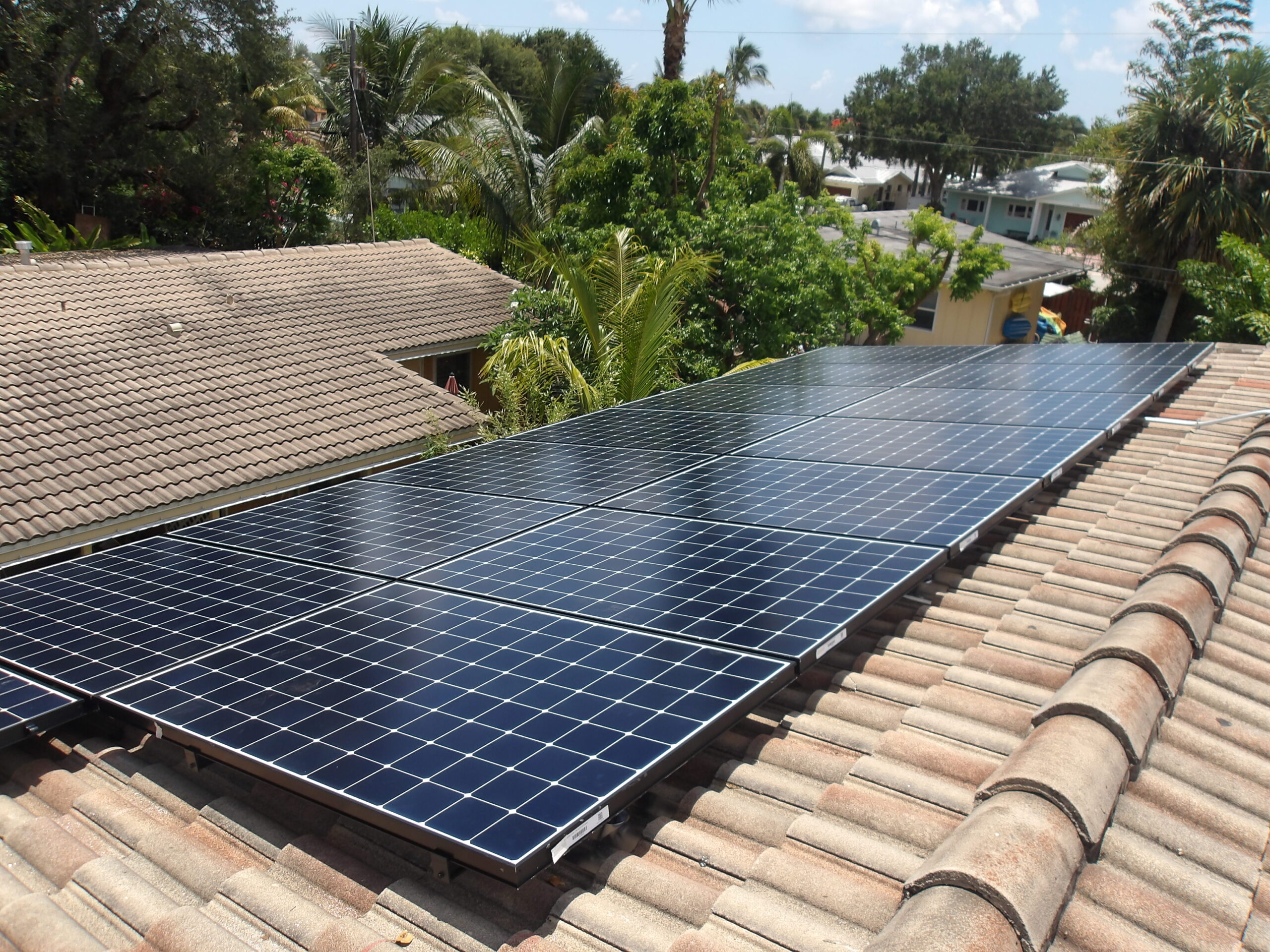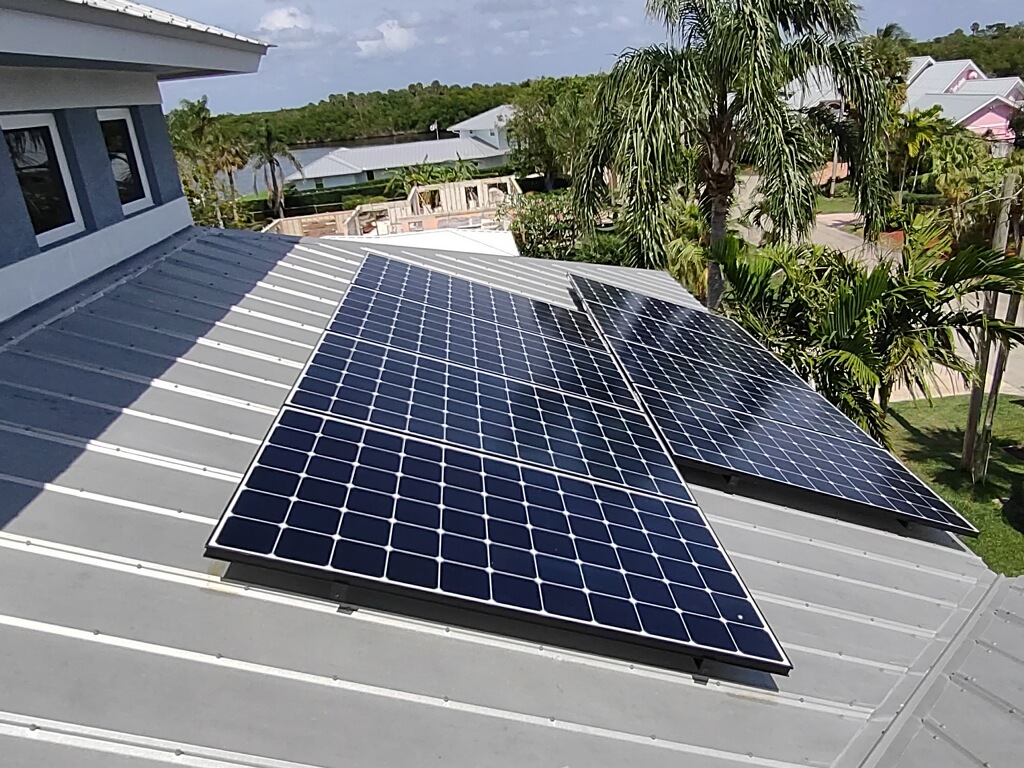Energy-efficient improvements are a great way to add value to your home while cutting costs. Additionally, two energy tax credits are available as an incentive for adding these types of improvements: The Nonbusiness Energy Property Credit and the Residential Energy Efficient Property Credit. Both credits may be filed with Form 5695.
This is not tax advice. Nothing in this informative blog post should be considered tax advice or be used as influence when making your own investment in solar panels. Your personal tax situation depends on a variety of factors which may affect your eligibility or ability to financially benefit from the tax credit. You should always consult with a professional tax advisor whom you trust when making decisions that include tax benefits.
There are three available percentages for the Residential Renewable Energy Tax Credit:
- 30% for property placed in service: After December 31, 2016; but before January 1, 2020
- 26% for property placed in service: After December 31, 2019; but before January 1, 2022
How do I qualify for the Residential Energy Credit?
Your home must have placed in service specific equipment related to solar, wind, fuel-cell, or geothermal technology. Items that qualify include:
- Solar panels and electricity must be used within the home.
- Solar-powered water heaters and half of the residence’s water-heating capacity inside the home should be solar-powered.
- Wind turbines generating up to 100 kW of residential electric use.
- Geothermal heat pumps as certified by Energy Star guidelines.
- Fuel cells relying on renewable resources to power a home.
- Exterior doors that exceed a 6.0 Energy Star rating.
- Exterior windows or skylights.
- High-efficiency central air.
These improvements can be made to principal and second homes, but they must have been owned and used by the owner during 2020. Rental property does not qualify.
How do I claim the Residential Energy Property Credit within the program?
Homeowners seeking to claim this tax credit must file IRS Form 5695. It is essential to know what qualifies as a home:
A home where you lived in 2020, such as a house, mobile home, houseboat, cooperative apartment, condominium, and a manufactured home that conforms to Federal Manufactured Home Construction and Safety Standards. The main home is where the homeowner(s) resides most of the time. A temporary absence due to exceptional circumstances won’t change the main home.
It is also important to note the residential energy efficient property credit is available for existing and newly constructed homes. If a subsidy is received from a public utility to assist with the purchase or installation of these energy-efficient improvements, it must be included in the gross income. If not, the cost of the product must be reduced by the amount of the subsidy.
There are specific criteria that must be met and followed while completing this form. If you are unsure whether you qualify, or have questions during completion, speaking to a tax professional is advised.
This is not tax advice.
Again, this is not tax advice. Nothing in this informative blog post should be considered tax advice or be used as influence when making your own investment in solar panels. Your personal tax situation depends on a variety of factors which may affect your eligibility or ability to financially benefit from the tax credit. You should always consult with a professional tax advisor whom you trust when making decisions that include tax benefits.





